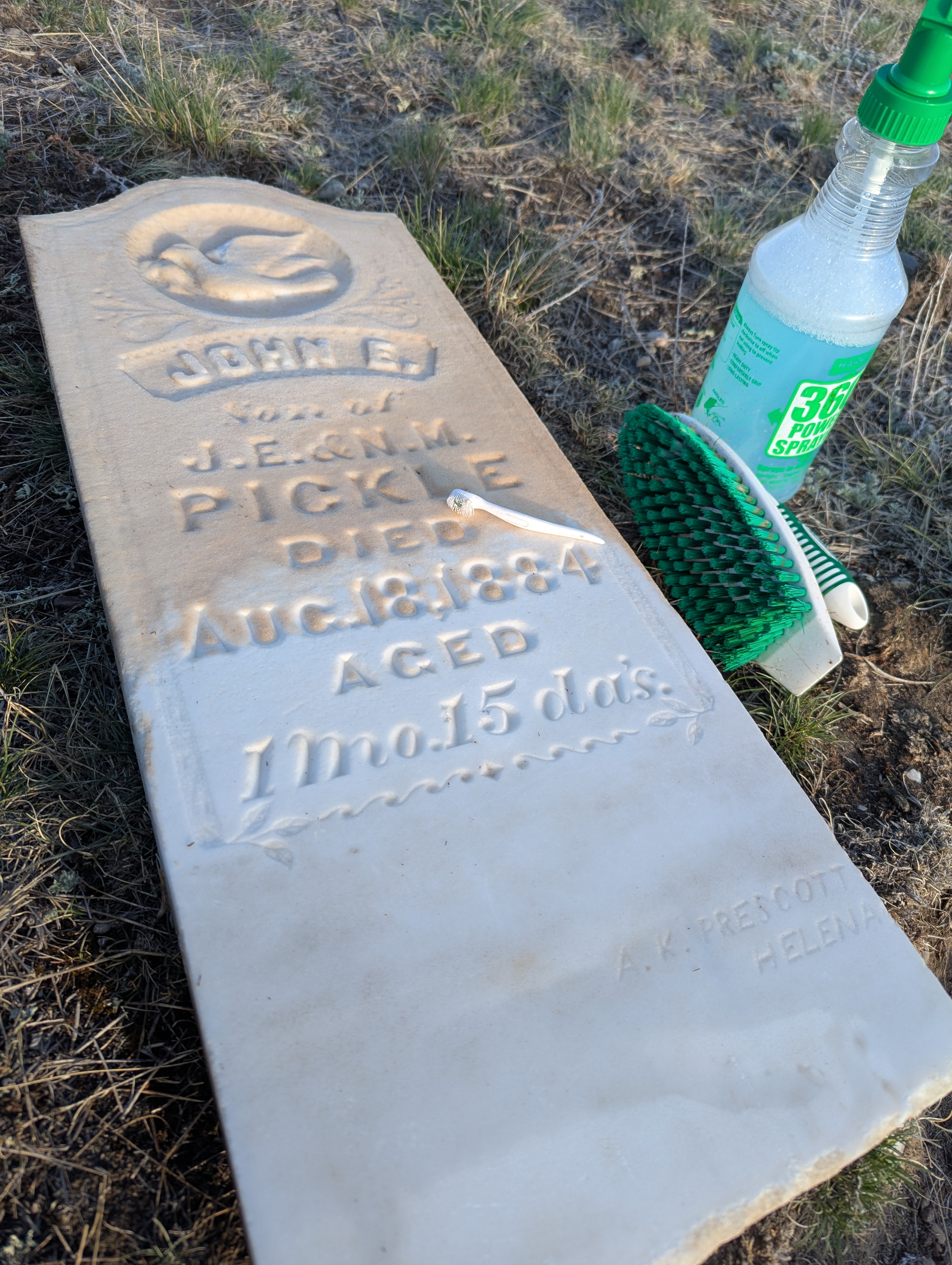Whispers Of The Past-Centerville Cemetery
Author: Shelley Douthett
Shelley Douthett
What makes the Centerville Cemetery, compared to other local cemeteries, so interesting to me is that it isn’t or hasn’t been an active cemetery for a long time. There are a few headstones as recent as 2009 and 2013 but for the most part, it’s old. The question is, of all the places in the world to settle and then die, why here? The most obvious answer is all the gold mining activity in both the Big Belts and Elkhorns mountain ranges. But what about when gold wasn’t panning out anymore and there was no reason to stay. (See what I did there? Haha.) Or was there? Think about it. At the height of gold mining, the towns of Hassel and Diamond City had several thousand people. When the gold was mostly worked out of the areas, where did everyone go? All the support needed to have these towns like merchants, bars, blacksmiths, doctors, had to do something to survive.
Those who stayed realized they had opportunities to settle down and have families while using their skills to ranch, farm, and start businesses in the towns nearby. Others had no money to go anywhere and picked up jobs they probably never imagined they would do. I’ve run across a lot of laborers, sheepmen, farm workers, ranch hands. In researching the names on the state death lists of these people, they are generally single men who either die on the farm or ranch or they ended up at the poor farm and died. Most are buried at Centerville in unmarked graves. There are well over a hundred of them. It feels sad to me.
I’ve tried to follow their trails to this place by backtracking their histories through census records, newspapers, and death certificates, just to name a few. They came from other countries like Scotland, Ireland, Romania, Canada, and Norway. There were many who came from states like Massachusetts, Vermont, New York, Kentucky, Georgia, and Tennessee. How did they even get here? Horseback, wagon train, or later on the train? How long did it take? How did they even hear about this place? It’s not like they had easy or any access to newspapers or phones. The Civil War was going on so there were people leaving the North and South for the West. World War I brought more people west, but by then, gold wasn’t the lure. What was? My imagination goes all over the place, picturing all these people making these epic life decisions and coming here, to Montana.
As spring gives me a few days to go to the cemetery and work on headstones, I will be thinking about the graves with no names, wishing I knew more about them and if their families back in wherever they came from have wondered what happened to their men and they are all men. I haven’t found any records or unmarked graves for women. Hmm, that’s interesting. Actually, it’s all interesting.
In other cemetery news, the osprey pair I named Benny and Joon have not returned to the platform they’ve been at for at least the past two years. I wonder if it’s because I told them they were terrible nest builders. Apparently, they are slow fliers or they gave up. We’ll see.
The picture shows some of the tools I use to clean headstones. My new favorite is the tiny toothbrush and pick my daughter gave me a few not long ago and once I’ve used them on my teeth, I’ve been using them to get in the nooks and crannies of the headstones. I ordered a whole bunch so I never run out. Little John E. Pickle’s headstone was covered in black and orange lichen and now it isn’t. I’ll get it reset soon but I love the bottom that has the name of the engraver in Helena. I never would have seen it if it hadn’t fallen over.
If you have any information to share with me about the cemetery, send me an email at douthetts@aol.com
Article Images
Click on Image Thumbnail(s) to view fullsize image
PhotoCredit: Photo Credits: Shelley Douthett
Image 1 Caption: John E. Pickle
Photo Credits: Shelley Douthett
